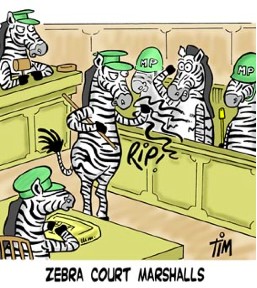Tameability and Domestication
Bio 342 By Alex Winters
Adaptive Value
Criteria for domestication: influences and favorable characteristics
Different researchers have different criteria for
domestication, but nearly all agree that there are some criteria that
affect the ability of a species to be domesticated. Some animals have
barriers to domestication that cannot be overcome. This is easily seen
in a comparison of domesticated animals and their closely related
non-domesticated cousins. (List adapted from Fox, 1978).
- Tameability - Some argue that tameability also encompasses many of the other criteria and should therefore be given more weight.
- Adaptability - ability to exist in the environment.
- Economic
viability - includes high
 fertility, efficient nutrient use, and fast growth. Elephants are an
example of a species that have never become truly domesticated because
their life span and fertility cycles are so long
fertility, efficient nutrient use, and fast growth. Elephants are an
example of a species that have never become truly domesticated because
their life span and fertility cycles are so long - Able to be bred in captivity - Certain animals (pandas, cheetahs) can be almost impossible to breed outside of the wild and therefore represent a problem in species perpetuation and economic return.
- Retention of juvenile features - such as floppy ears and barking in dogs and farm-foxes and a lack of wild or aggressive characteristics
- Not dangerous to humans - Zebras, for example, are particularly nasty to zookeepers and have been killing their handlers over the centuries as first Africans and later European colonialists tried to tame them.
- Diet - Animals that are very picky or expensive to feed may die during hard times or be less affordable
- Mating strategy - domestication requires the controlled breeding of small fractions of the populations. Species that are amenable to directed matings with many animals are easiest to domesticate and breed after domestication
- Herding or pack instinct - Certain animals do not adhere to a dominance hierarchy and therefore cannot humans as their pack leader or alpha individual.
- Parental care - species in which the young are given a lot of parental care are easier to domesticate because the young mimic their parents actions and information can be passed between generations genetically and non-genetically. Cartoon by Timothy Harries.